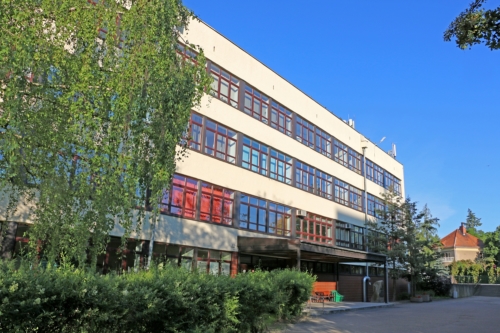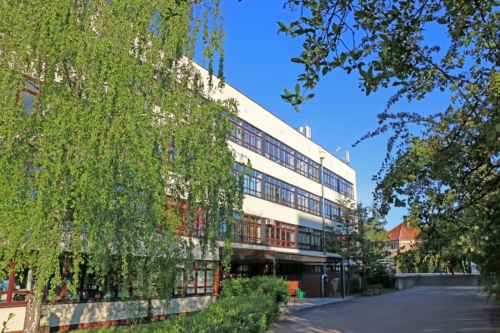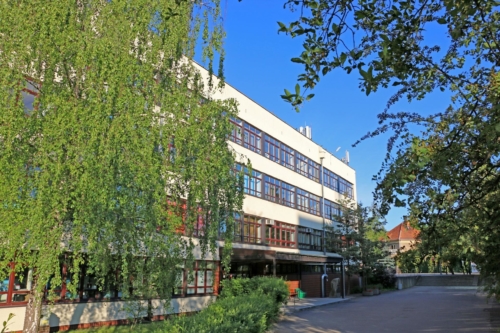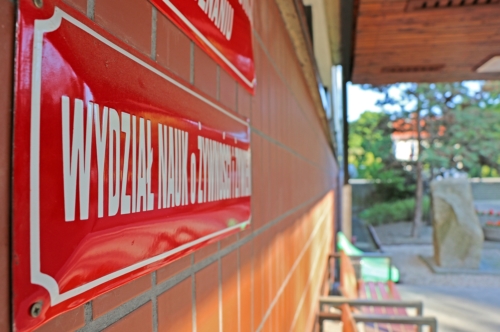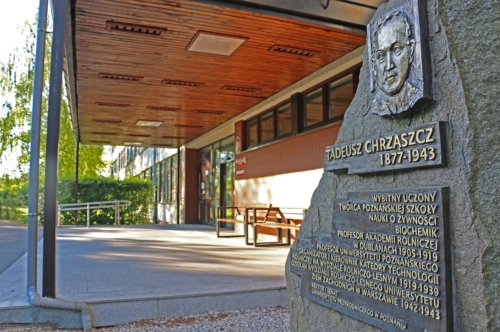Effect of a high-fat high-fructose diet on the composition of the intestinal microbiota and its association with metabolic and anthropometric parameters in a letrozole-induced mouse model of polycystic ovary syndrome
Joanna Maria Pieczyńska-Zając, Anna Maria Malinowska, Ewa Pruszyńska-Oszmałek, Paweł Antoni Kołodziejski, Sławomira Drzymała-Czyż, Joanna Bajerska
Abstract
Objective
It has been suggested that dysbiosis of the gut microbiota is associated with the pathogenesis of Polycystic Ovary Syndrome (PCOS), and that improper diet can aggravate these changes. This study thus aimed to investigate the effects of a high-fat/high-fructose (HF/HFr) diet on the gut microbial community and their metabolites in prepubertal female mice with letrozole (LET)-induced PCOS. We also tested the correlations between the relative abundance of microbial taxa and selected PCOS parameters.
Research methods & procedures
Thirty-two C57BL/6 mice were randomly divided into four groups (n = 8) and implanted with LET or a placebo, with simultaneous administration of a HF/HFr diet or standard diet (StD) for 5 wk. The blood and intestinal contents were collected after the sacrifice.
Results
Placebo + HF/HFr and LET + HF/HFr had significantly higher microbial alpha diversity than either group fed StD. The LET-implanted mice fed StD had a significantly higher abundance of Prevotellaceae_UCG-001 than the placebo mice fed StD. Both groups fed the HF/HFr diet had significantly lower fecal levels of short-chain fatty acids than the placebo mice fed StD, while the LET + HF/HFr animals had significantly higher concentrations of lipopolysaccharides in blood serum than either the placebo or LET mice fed StD. Opposite correlations were observed between Turicibacter and Lactobacillus and the lipid profile.
Conclusion
HF/HFr diet had a much stronger effect on the composition of the intestinal microbiota of prepubertal mice than LET itself.
Keywords
Intestinal microbiota, Short-chain fatty acids, Lipopolysaccharide, Reproductive disorders
Nutrition. 2024 Apr 4:124:112450.doi: 10.1016/j.nut.2024.112450






